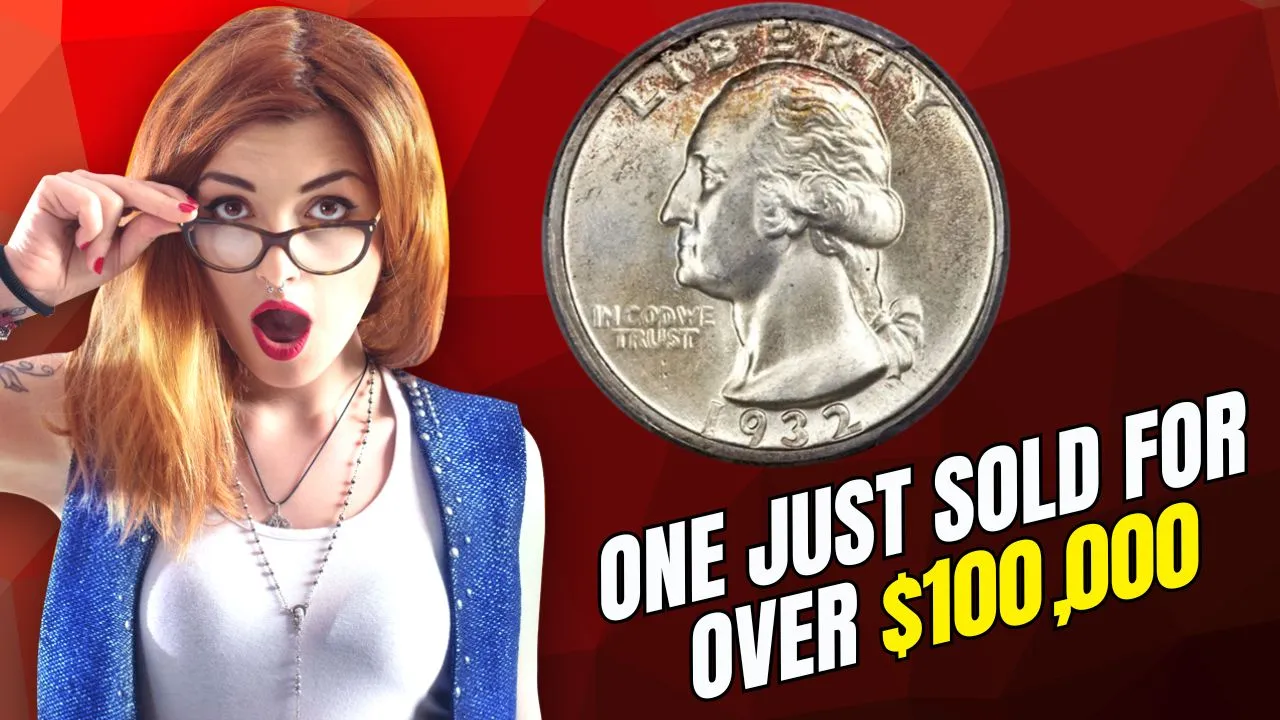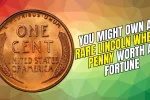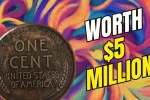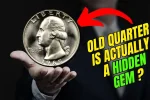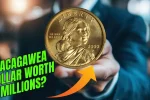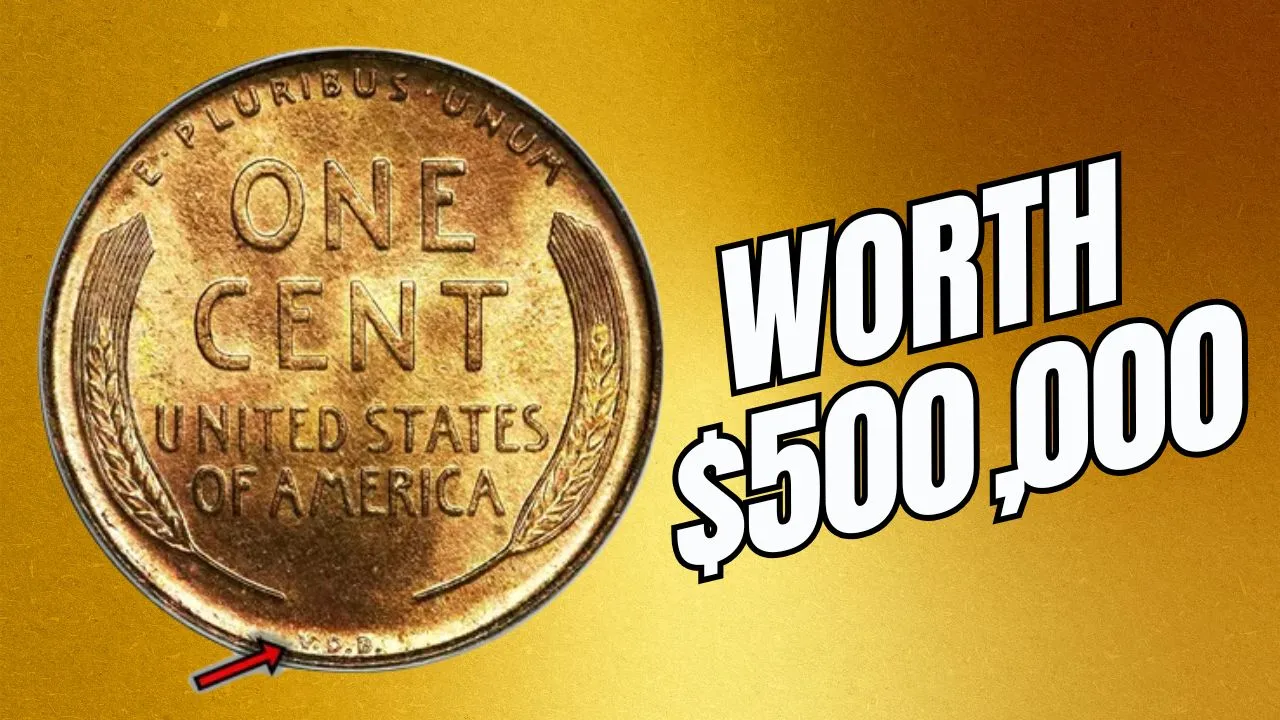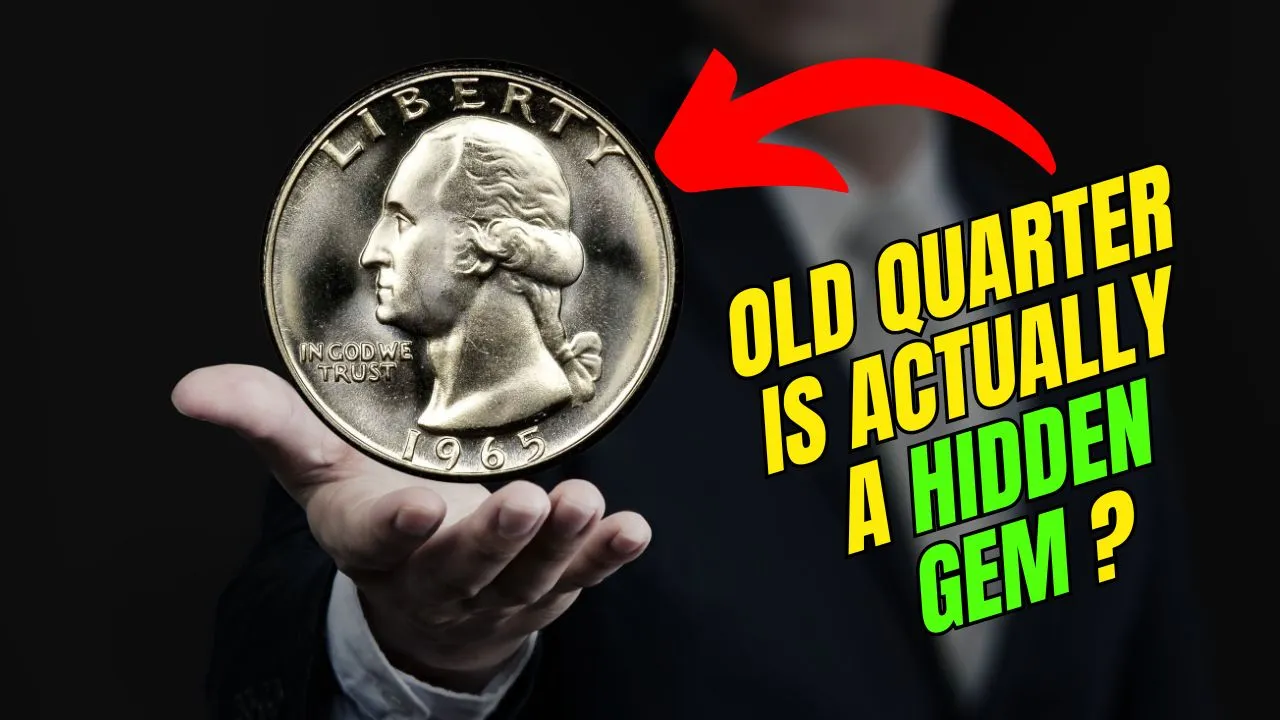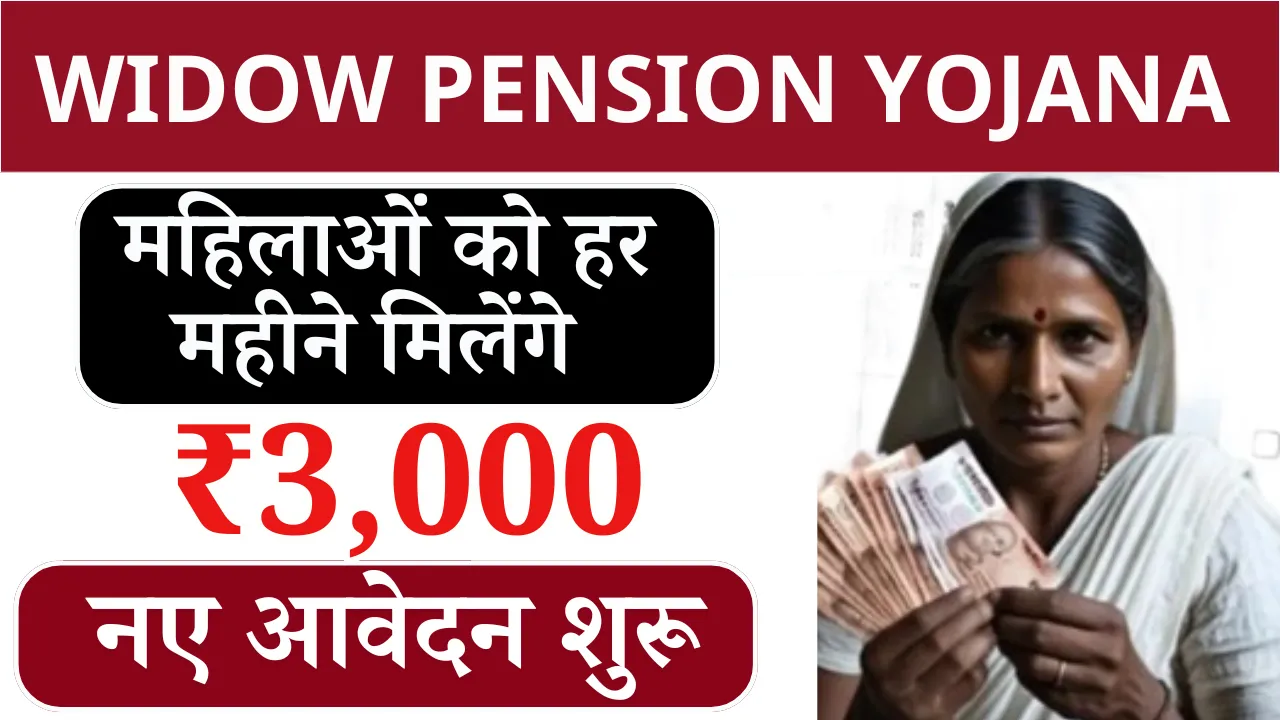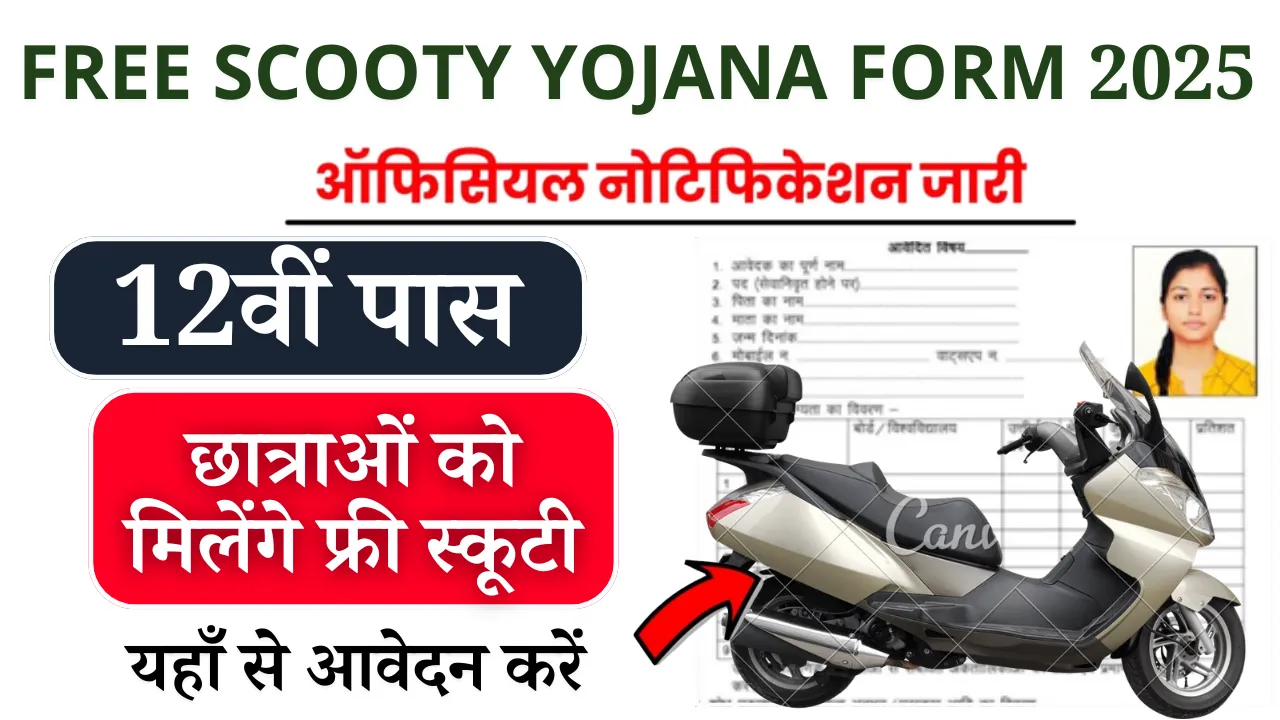Rare Bicentennial Quarter: When you drop change into a parking meter or piggy bank, you probably don’t expect much in return. But imagine discovering that one of those quarters in your change jar was just sold for over $100,000. That’s exactly what happened recently with a rare Bicentennial Quarter—proof that extraordinary value can lurk in ordinary coins.
Rare Bicentennial Quarter
The Rare Bicentennial Quarter making headlines is a 1976-S issue struck in 40% silver. While millions of clad quarters were minted, the San Francisco silver version is much scarcer. This particular coin stood out because it was in pristine proof condition with a deep cameo finish and subtle minting anomalies, all while boasting a top-tier grade from the Professional Coin Grading Service (PCGS). Those combined factors transformed it from a common coin into a collector’s treasure.
Overview Table: Rare Bicentennial Quarter – Key Highlights
| Feature | Details |
| Year | 1976 |
| Mint Mark | S (San Francisco, silver proof) |
| Composition | 40% silver |
| Reverse Design | “1776–1976” dual date, colonial drummer |
| Rarity Factors | Silver proof, deep cameo, mint strike errors |
| Grading Service | PCGS certified |
| Auction Value | Sold for over $100,000 |
Why the Bicentennial Quarter Is Special
The Bicentennial Quarter was produced to mark the 200th year of American independence. With its unique design featuring a colonial drummer and “1776–1976” on the reverse, it differs significantly from standard Washington quarters. Although over 1.6 billion were minted, most were made from copper-nickel clad and are still common in circulation. The silver proofs are far rarer and far more valuable, especially in high-grade condition.
The $100,000 Quarter: What Makes It So Valuable?
This exceptional coin sold for over $100,000 thanks to:
- 40% Silver Proof: San Francisco issues struck in silver, not clad.
- Proof Condition: Meticulous minting left minimal wear.
- Deep Cameo Finish: Strong visual contrast between frosted rims and mirrored backgrounds.
- Mint Errors: Calm signs of doubling or off-center strikes add uniqueness.
- PCGS Grading: Certification increases buyer confidence and market appeal.
Together, these qualities make this particular quarter exceedingly rare and desirable.
Still in Circulation?
Amazingly, rare Bicentennial Quarters can still emerge from everyday pockets, cash registers, and coin collectors’ jars. While clad versions are still only worth face value, a few special variations can be worth thousands or even hundreds of thousands. Key things to look for:
- Mint Mark “S” indicating the San Francisco mint.
- Proof or uncirculated condition, undamaged with sharp details.
- Striking errors such as doubled impressions or missing elements.
Even quarters with noticeable flaws can sell for $1,000 to $5,000 at auction.
How to Check if You Have a Valuable One
You don’t need to be an expert to check a quarter:
- Mint Mark Location: Just below the date—look for a small “S.”
- Inspect Condition: Coins with crisp features and no wear are worth more.
- Spot Errors: Look for doubled letters, off-center images, or missing elements.
- Send for Grading: Professional services like PCGS or NGC can verify authenticity and grade, significantly boosting value.
A Surge in Coin Hunting
News of this six-figure sale has sent ripples through hobbyist and casual numismatic communities alike. Suddenly, dusty jars and unused coin trays are getting a second look. Auction platforms report sharp increases in activity, with rare Bicentennial Quarters fetching premium prices. The excitement is rekindling interest in coin collecting nationwide.
Final Thoughts
If you’ve got Bicentennial Quarters in your change, don’t overlook them. While most are worth just 25 cents, rare versions—especially silver proofs with unique traits—can be incredibly valuable. This recent $100,000-plus sale shows that even everyday coins can reveal hidden treasures. It may be time to examine your change jar—you never know what fortune might jingling in your pocket.
FAQs about the Rare Bicentennial Quarter
1. How do I know if my quarter is the rare silver version?
Check for an “S” mint mark under the date—San Francisco proofs are 40% silver and much rarer than clad coins.
2. What should I look for on my coin to spot high value?
Look for proof-like quality, deep cameo contrast, sharp details, and minting errors—those are clues that it may be worth much more.
3. Is my quarter still valuable if it’s worn?
Even worn coins with visible errors can be worth $1,000 to $5,000, though peak values require well-preserved examples.
4. Should I clean my coin before selling it?
No—cleaning can damage the coin and reduce its value. Always leave coins in their natural condition.
5. How do I get my rare quarter authenticated?
Send it to a trusted grading service like PCGS or NGC. Their certification adds credibility and helps you get top market value.
